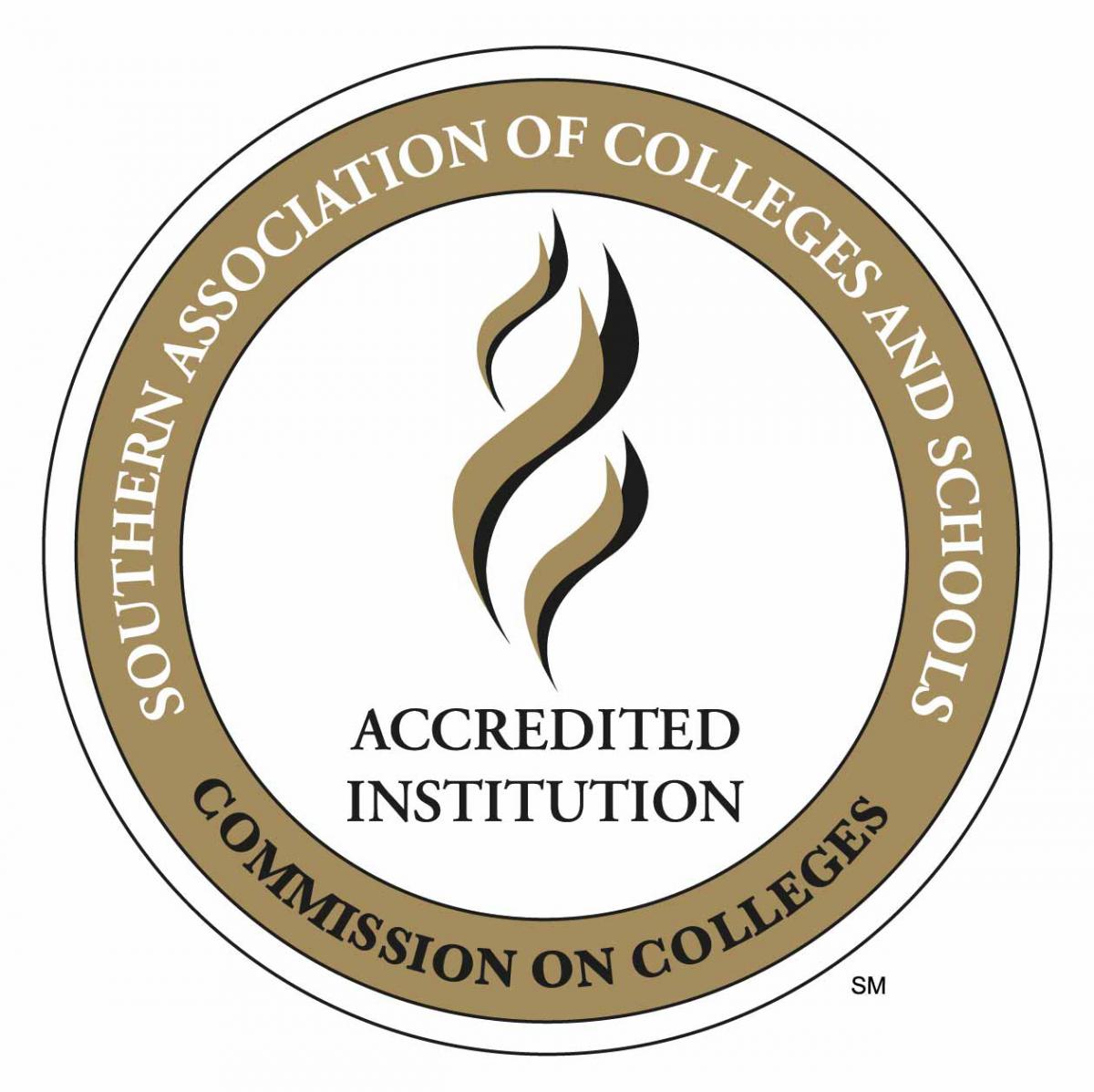All healthcare students must meet the essential functions related to ADA Core Standards as outlined in the table. Applicants must submit a satisfactory physical examination that includes the ability to perform the essential functions related to Americans with Disabilities Act (ADA) core standards, which must be completed by a licensed physician or nurse practitioner.
Essential Functions Related to ADA Core Standards
|
Standard
|
Essential Activities/Tasks
(not all inclusive)
|
|
Critical thinking ability sufficient for clinical judgment and decision-making
|
- Use relevant data to support the decision making process.
- Identify priorities of care based on analysis of data.
- Analyze and use assessment findings to plan care for patients and families.
- Evaluate the plan of care and revise as appropriate.
- Solve problems and make valid, rational decisions using logic, creativity, and reasoning.
- Demonstrate ability to compute dosages and knowledge of pharmacology.
|
|
Interpersonal abilities sufficient to interact with individuals, families and groups from a variety of social, emotional, cultural, and intellectual backgrounds
|
- Establish rapport with patients and colleagues through speech, touch, and hearing.
- Practice therapeutic (non-harmful) communication using speech, hearing, and judgment of appropriate responses.
- Work effectively in small groups as team members and as a team leader.
|
|
Communication abilities sufficient for interaction with others in verbal, nonverbal, and written form
|
- Communicate therapeutically with patients, families, and groups in a variety of settings.
- Communicate pertinent information in the English language both verbally and in writing to appropriate persons.
- Document data and nursing care completely and accurately using appropriate terminology.
- Provide health teaching for patients, families and groups.
|
|
Gross and fine motor abilities sufficient to provide safe and effective care
|
- Calibrate and use equipment such as reading numbers on measuring cups, syringes and adjusting flow rates with stopcocks.
- Maintain sterile technique when performing sterile procedures.
- Hold skin taunt with one hand while inserting needle in skin or vein with the other hand and perform other procedures requiring the use of two hands.
- Maintain immobilization devices such as traction equipment and casts, feel for heat or wetness. Be able to use a computer keyboard.
- Have good eye-hand coordination and manual dexterity to manipulate equipment, instrumentation, and medication as appropriate.
|
|
Environmental
|
- Be exposed to infectious agents, chemicals, medications, blood and body fluids and communicable diseases.
- Work in environmental temperatures determined by the patient and/or patient’s condition.
- Be able to perform duties in potentially dangerous situations.
|
|
Auditory abilities sufficient to monitor and assess health needs
|
- Be able to hear alarms, emergency signals, cries for help, and answer phones.
- Distinguish changes in tone and pitch such as in listening to patients breathing characteristics.
- Able to hear and interpret communication in stressful situations such as when more than one person is talking at a time, or when they are talking in a loud voice.
|
|
Tactile ability sufficient for physical assessment and intervention
|
- Palpation related to physical examination .
- Perform therapeutic intervention (example, IV catheter \ insertion).
|
|
Physical abilities sufficient to move from room to room, maneuver in small spaces, and accommodate stairwell when necessary
|
- Move around in patient’s rooms, workspaces and treatment rooms.
- Perform physical activities necessary to do basic skills such as put on sterile gloves, attach blood pressure cuff on patient’s arm, hold one part of a patient’s body while performing an action on another part of the body.
- Provide or assist with activities of daily living such as bed bath, oral hygiene, and positioning patients.
- Transport and transfer patients from various areas to other areas using stretchers, wheelchairs, walkers. Paramedics must be able to walk and crawl in less than ideal conditions and terrain.
- Lift at least 50 lbs. of weight. EMTs must lift 125 lbs independently or 250 lbs with assistance.
- Respond quickly in an emergency.
- Able to stand or walk for 75% of a shift.
- Gather a minimum of 3-4 pieces of equipment and carry to patient’s room.
|
|
Visual abilities sufficient for observation and assessment necessary in care
|
- Read numbers on dials, thermometers, gauges, measuring cups, etc.
- Distinguish changes in color, size, and continuity of body parts.
- Distinguish alterations in normal body activities such as breathing patterns, level of consciousness.
- Observe safely features in environment such as water on the floor, obstacles in the path of patient.
- Observe nonverbal responses of patients, families or coworkers.
- Read small print.
- Perform basic nursing skills (such as insertion of a catheter counting respirations, preparing and giving medications).
|
|
Demonstrate accountability and responsibility in all aspects of practice
|
- Able to distinguish right from wrong, legal from illegal and act accordingly.
- Accept responsibility for own actions.
- Able to comprehend ethical standards and agree to abide by them.
- Demonstrate flexibility.
- Show concern for others.
|





